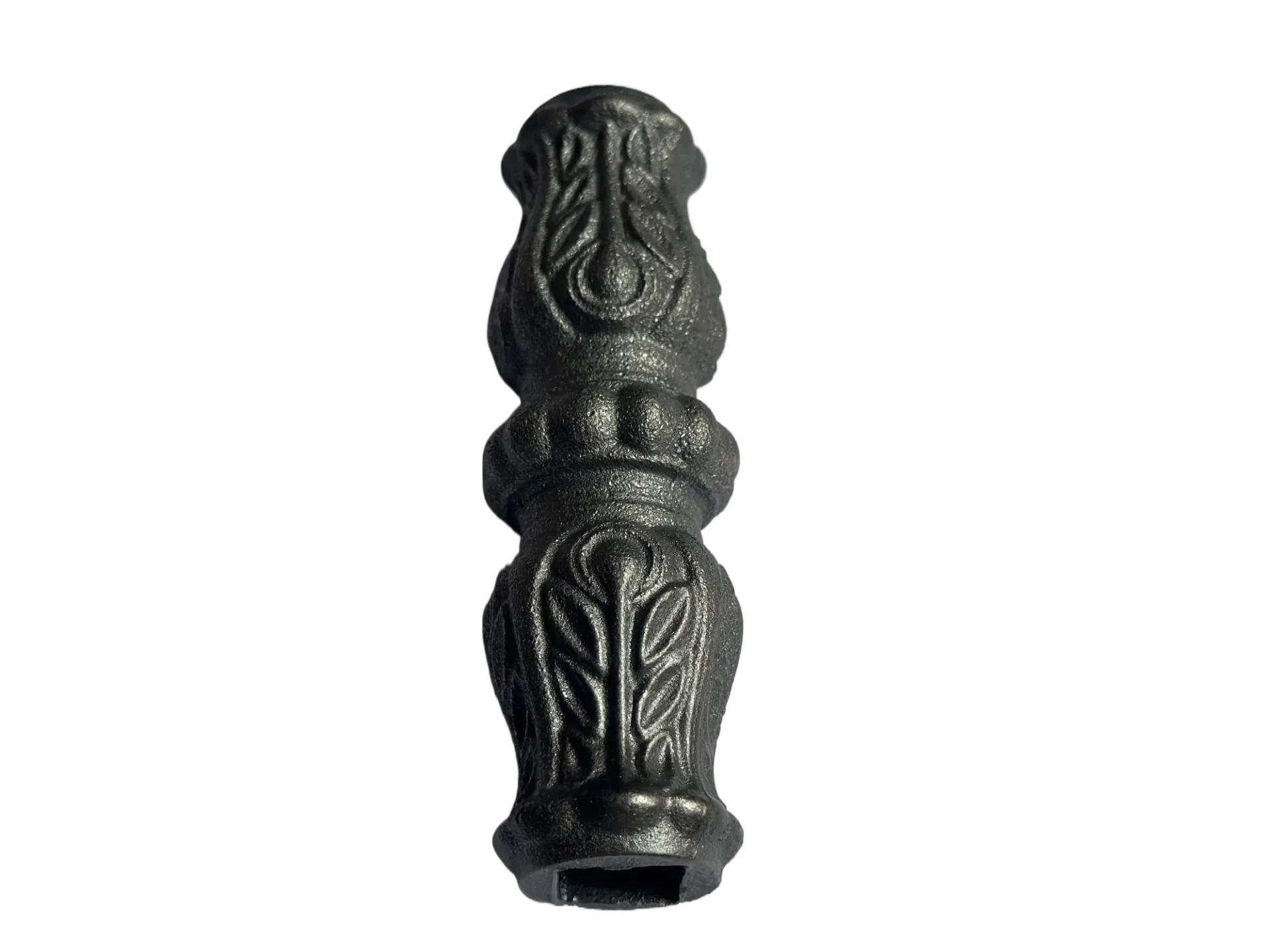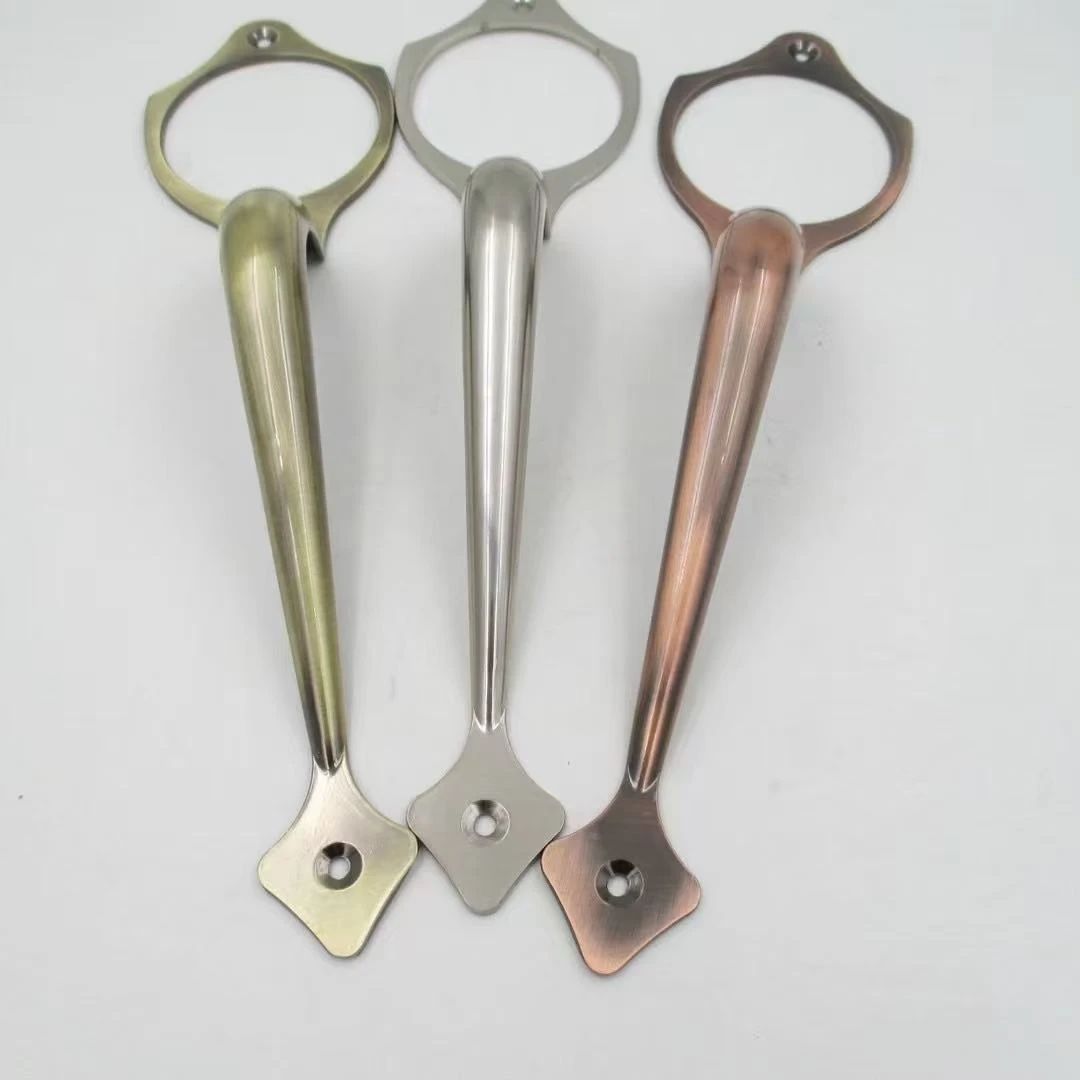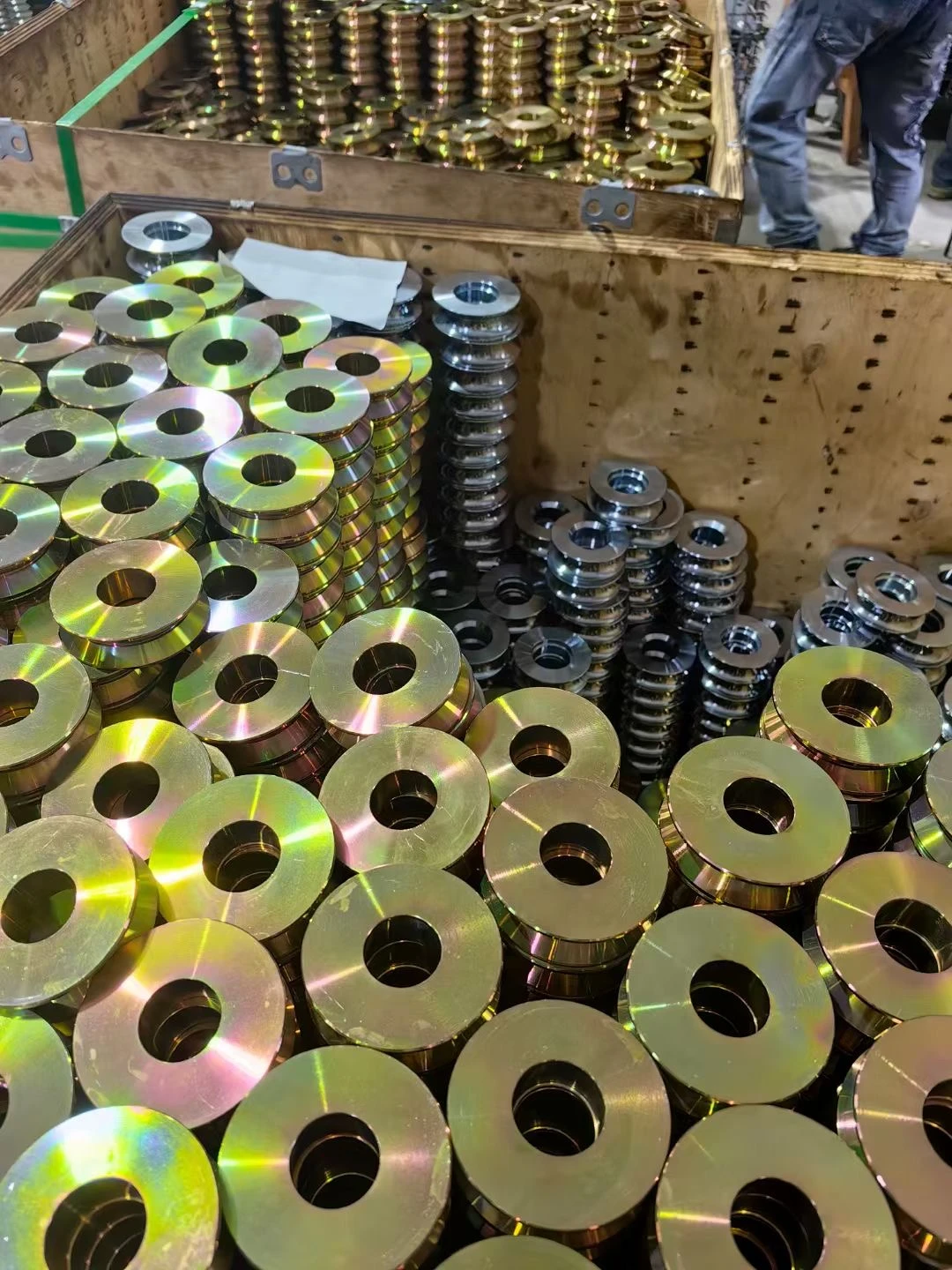Creative Uses of Decorative Iron in Home and Garden Design
The Art and Utility of Decorative Iron
Decorative iron, an age-old craft, bridges the gap between functionality and artistry in various architectural and design applications. With roots tracing back to ancient civilizations, the use of iron in decorative forms has evolved over centuries, adapting to changing tastes, technology, and cultural significance. This article delves into the beauty and utility of decorative iron, highlighting its applications, techniques, and enduring appeal.
Historical Significance
The use of iron in decorative contexts dates back to ancient cultures, where artisans skillfully shaped the metal into ornate designs for both practical and ceremonial purposes. From the intricate iron gate designs of the Renaissance to the robust yet elegant railings of the Victorian era, decorative iron has played a significant role in the architectural narratives of different periods. Each era’s unique aesthetic can be seen in the patterns, motifs, and forms of ironwork, reflecting the technological advancements and cultural values of the time.
Techniques in Decorative Ironwork
Iron can be manipulated in various ways to create stunning decorative elements. The most common techniques include forging, casting, and welding.
- Forging involves heating the iron until it becomes malleable and then sculpting it into desired shapes using hammers and anvils. This method gives iron a unique texture and individuality because each piece is handmade, embodying the artisan's style and touch.
- Casting is another popular technique wherein molten iron is poured into molds to create detailed patterns and shapes. This method allows for replication, making it easier to produce multiple pieces with the same design. Ornate door handles, decorative grilles, and intricate light fixtures are often made using casting techniques.
- Welding, a more modern approach, combines pieces of iron through heat, allowing for construction of complex designs and structures that may incorporate other materials. This technique has opened new doors for creativity, enabling artists to blend iron with glass, wood, and stone in innovative ways.
Applications of Decorative Iron
decorative iron

The applications of decorative iron are vast, with its presence evident in both commercial and residential settings. This versatile material is frequently employed in
- Gates and Fences Decorative iron gates and fences add elegance and sophistication to properties, often serving as the first impression for visitors. Custom designs can enhance the curb appeal of a home while providing security.
- Furniture Iron is often used in the design of various furniture pieces, such as beds, tables, and chairs. The combination of iron with other materials like wood or glass creates a striking contrast, marrying sturdiness with aesthetic charm.
- Railings and Balconies Spiral staircases and balcony railings made from decorative iron not only provide safety but also serve as artistic focal points in a home or public space. With countless design options available, these elements can transform a mundane structure into a statement piece.
- Lighting Fixtures Unique light fixtures crafted from ornamental iron can illuminate spaces while enhancing their character. From chandeliers to wall sconces, iron lighting designs contribute to the overall ambiance of a room.
The Contemporary Appeal of Decorative Iron
In today’s design landscape, decorative iron continues to maintain its allure. Contemporary architects and designers appreciate the material for its strength and flexibility, allowing for innovative designs that resonate with modern aesthetics. Additionally, the blend of traditional craftsmanship with modern techniques creates a harmonious balance that appeals to a wide range of tastes.
Sustainability also plays a role in the renewed interest in decorative iron. As designers and consumers alike become more environmentally conscious, many are turning to durable materials like iron, which can last for generations and be recycled when necessary, making it a responsible choice.
Conclusion
Decorative iron remains a testament to human creativity and craftsmanship, seamlessly combining functionality with artistic expression. Its rich history and versatility make it a staple in contemporary design, continually evolving while honoring the techniques and traditions of the past. Whether enhancing the exterior of a home, adding character to public spaces, or serving a practical function in furniture and fixtures, decorative iron enriches our environments in innumerable ways. As we move forward, its presence in design will likely endure, a lasting symbol of beauty and utility.
-
Window Lock Handle for Security UpgradesNewsJun.20,2025
-
Proper Lubrication Techniques for Sliding Gate WheelsNewsJun.20,2025
-
Ornamental Iron Castings for Interior DesignNewsJun.20,2025
-
Creative Ways to Decorate Around a Cast Iron FireplaceNewsJun.20,2025
-
Cast Iron Pipe and Fitting for Plumbing SystemsNewsJun.20,2025
-
Cast Iron Panel Casting for Architectural ElementsNewsJun.20,2025















